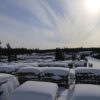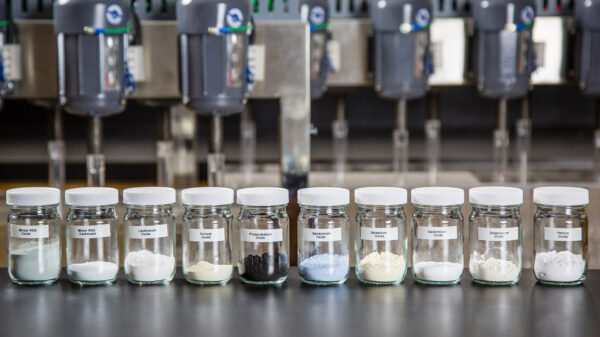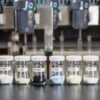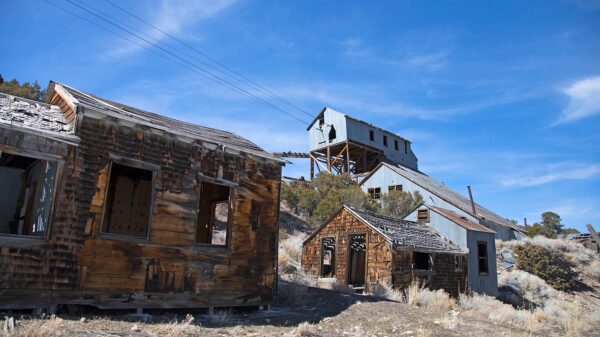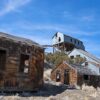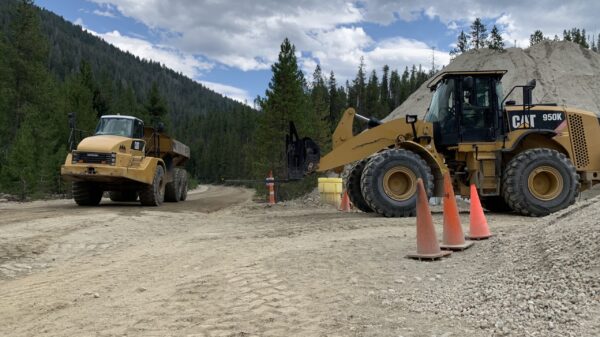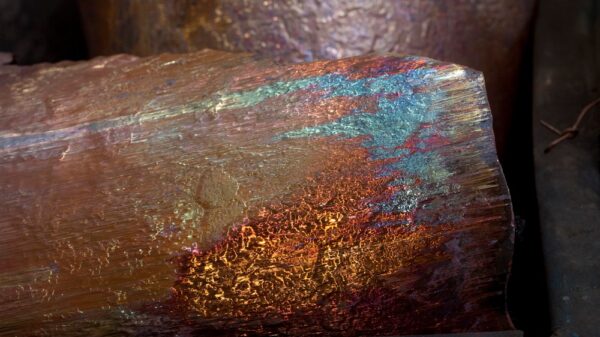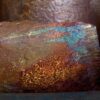Argentina Lithium & Energy Corp. (TSXV: LIT) (FSE: OAY3) (OTCQX: LILIF) has collected brine sample results ranging from 322 to 371 mg/1 lithium at its twelfth exploration hole at the Rincon West Project in the Salta Province of Argentina.
The company announced the net positive results on Wednesday. The results include the sampling method, and also the interval data and brine analysis for RW-DDH-012. The company sent these to an independent lab for brine recovery testing with pending results.
The Rincon West Project spans 5198.8 hectares of the salar basin and includes three property blocks adjacent to Rio Tinto Group‘s (ASX: RIO) (LON: RIO) Rincon Project. Drill hole RW-DDH-012 marks the third exploration hole in the planned 6-hole program on the Rinconcita II property. The company is currently finishing the access to the next drill platform, RW-DDH-013. The platform is a further 1000 meters step toward the northeast corner of the property block.
“Our ongoing drilling continues to evaluate the Rinconcita II concession that extends from our original claims, eastwards over the salt flat towards the neighboring Rio Tinto concessions,” Miles Rideout, VP of Exploration, said.
“Our twelfth hole demonstrates a long interval of impressive lithium values in porous host lithologies. Thus far, our drilling at Rincon West demonstrates a continuous aquifer of concentrated lithium brines over an extensive basin.”
AGV Falcon Drilling SRL, based in Salta, executed RW-DDH-012 using HQ-diameter diamond drilling. This allowed for the extraction of core samples from the salar basin formations and the recovery of brine samples where possible. Argentina Lithium’s geologists supervised the drilling.
Read more: Lithium South completes pumping test in Alba Sabrina Tenement
Read more: Lithium South installs first production well at largest claim block, prepares for testing
Argentina Lithium method enables recovery of brine at depth
LIT’s preferred method for brine sampling uses a ‘single packer’ sampling unit during drilling. This packer sampling method enables the recovery of brine samples at specific depths by sealing the hole at both the top and bottom of the interval.
An inflatable seal closes the top of the interval. The lower limit of drilling acts as the bottom of the interval. The team has completed geophysical profiling and lined the hole with 2-inch diameter PVC filters. They retained all core samples recovered in drilling for geologic logging.
RW-DDH-012 continues the drilling eastward from previous holes over the Rincon salt flat. The team completed the hole to a depth of 339.5 meters and extracted a total of 23 brine samples using the single packer method, which they have submitted for analysis.
Workers collected 23 single packer brine samples at discrete 3 m intervals, totalling 69 m of sampling between depths of 48.5 m and 213.5 m. This accounts for 41.8 per cent of the 165 m interval, with lithium concentrations ranging from 322 to 371 mg/l.
From the surface to a depth of 20 m, the drill passed through gravels with a sandy-clayey matrix. Between 20 m and 22.9 m, they recovered dacite, followed by coarse gray-brown sand up to 52.3 m, fine black sands up to 106.5 m, reddish clayey sand up to 122 m, and then more layers of sands and breccia with varying compositions up to 178.2 m where sulphates were found.
Read more: Lithium South explores alternative production methods at Hombre Muerto North
Read more: Lithium South completes pumping test in Alba Sabrina Tenement
Salta region is key area in global lithium market
Salta has gained prominence for its mining activities, particularly for lithium and boron. It is part of The Salta region in Argentina and is one of the key areas in the global lithium market, thanks to its significant lithium reserves located in the salars, or salt flats.
These salt flats are remnants of ancient lakes and seas that have evaporated over millennia, leaving behind rich deposits of lithium-bearing brines. Salta’s notable contribution to lithium production is part of what is often referred to as the “Lithium Triangle,” which also includes parts of neighboring Bolivia and Chile. This area contains half of the world’s lithium resources.
Within Salta, the Salar de Arizaro, Salar del Hombre Muerto, and Salar de Rincon are particularly significant for lithium extraction. These salars are characterized by their high altitude and arid climate, which are ideal conditions for the evaporation processes used in lithium extraction.
Salta’s lithium reserves are a critical asset in the global transition to sustainable energy, making it a focal point for developments in mining technology, international trade, and environmental sustainability.
This area is a hotspot for lithium projects due to the high concentration of lithium in the salar formations. This is what makes it attractive for companies like Lithium South Development Corporation (TSXV: LIS) (OTCQB: LISMF) (Frankfurt: OGPQ), Arcadium Lithium plc (NYSE: ALTM) and South Korea’s Pohang Iron and Steel Company (POSCO) (KRX: 005490) to invest in exploration and development initiatives.
Lithium South Development Corporation is a sponsor of Mugglehead news coverage
.
Follow Joseph Morton on Twitter
joseph@mugglehead.com





